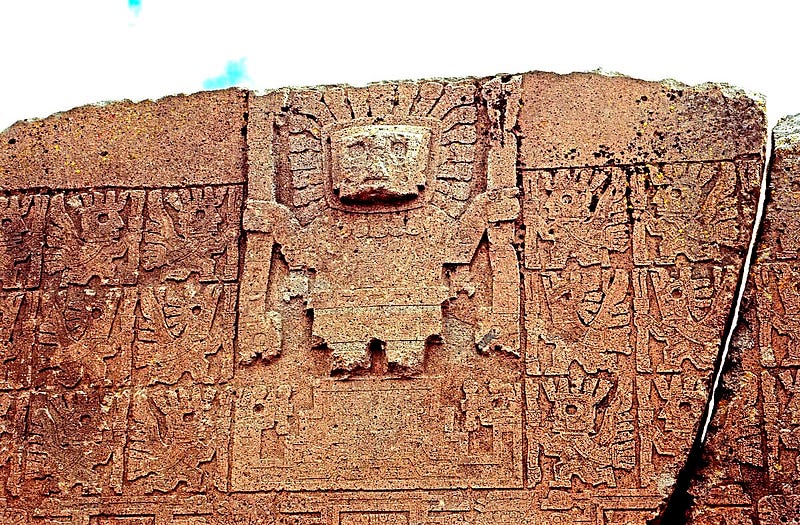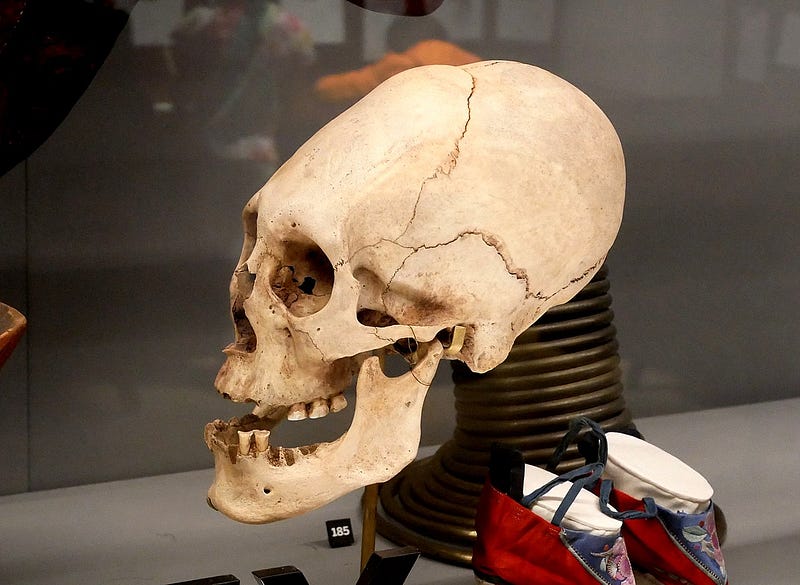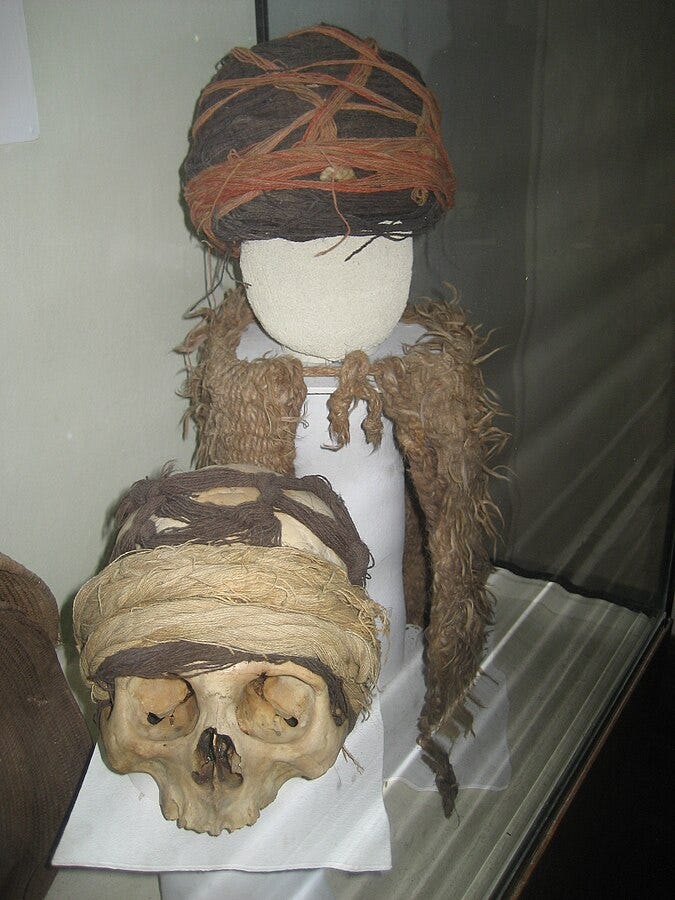Insights into Tiwanaku's Unique Skull Deformation Practices
Written on
Chapter 1: Understanding Skull Deformations
Skull deformations have captivated the interest of historians and researchers for ages. But what do we truly know about this unsettling tradition? Recent investigations have unveiled fresh perspectives on this peculiar practice in South America.

[Photo: Dennis Jarvis, CC BY-SA 2.0, via Wikimedia Commons]
Human remains, particularly skulls, rank among the most significant archaeological finds. Well-preserved skeletons can reveal not just physical characteristics but also the diseases that individuals might have encountered. Remarkably, these remains often hold immense value even prior to examination, especially when discovered in unnatural positions or with notable deformations.
Section 1.1: Global Practices of Skull Deformation
Interestingly, the practice of skull deformation is not unique to any one culture. Evidence indicates that this tradition has been observed globally, from South America to Asia. For instance, the Jomon people in what is now Japan practiced intentional skull shaping as early as the 3rd century BCE. Archaeologists have also identified remnants of such customs in Europe, which were thought to have spread from Central Asia and gained popularity among the Germanic tribes through the Huns.
In South America, numerous pre-Hispanic civilizations, including Tiwanaku, are associated with ritualistic skull deformation. This society flourished in the region where Bolivia, Chile, and Peru converge, establishing a city that thrived from 500 to 1150 CE, hosting approximately 40,000 inhabitants.

[Photo: Ethan Doyle White, CC BY-SA 4.0, via Wikimedia Commons]
Section 1.2: Methods of Altering Skull Appearance
Recent research published in the journal “Child’s Nervous System” provides deeper insights into the local customs surrounding skull deformation. This practice involved altering an infant's skull during the initial months of life, a time when their bones were still soft. Thus, it was crucial to frequently adjust the position in which infants were placed.
A comprehensive review of existing literature indicates that the Tiwanaku utilized various techniques for shaping skulls, depending on the desired outcome. For instance, to achieve an oblique shape, padded wooden boards were positioned at both the front and back of infants' heads and secured with bandages. Similar results could be achieved by laying the infants on their backs on flat wooden surfaces.
Among the most remarkable skulls unearthed by archaeologists are those with conical shapes. These were formed by wrapping cloths, straps, and bands around infants' heads with varying levels of pressure.

[Photo: Pablo Trincado, CC BY 2.0, via Wikimedia Commons]
Chapter 2: The Purpose Behind Skull Deformations
While we have gained insights into the methods employed by the Tiwanaku to deform skulls, the underlying reasons remain less clear. Researchers propose several hypotheses. For example, warriors might have recognized allies and adversaries on the battlefield by their distinctively shaped skulls.
Additionally, these deformities could signify social status, class, or profession. The specific shape of a skull might even dictate whether an individual was destined to become a soldier or a slave. Scientists also suggest that the ramifications of these practices extended beyond mere physical appearance. Individuals subjected to skull deformation could experience cognitive impairments. Damage to the frontal lobe may hinder memory or attention, while issues in the parietal lobe can affect sensory processing. Furthermore, damage to the temporal lobe is linked to irritability, auditory issues, and difficulties in verbal memory and understanding others' emotions.
However, it is uncertain whether the Tiwanaku people experienced such adverse effects, as the authors of the study speculate that their limited societal demands may have masked these potential consequences.
This video explores the discovery of ancient mother and baby skeletons with elongated skulls in Patapatani, Bolivia, providing further context to the practices discussed.
Dear Readers
I would like to address a concern that impacts content creators like myself on Medium.com. The financial compensation for our hard work is often minimal, even though we invest significant effort into producing valuable content. If you appreciate my articles, please consider supporting me on my “Buy Me a Coffee” page. Your contributions, regardless of size, can inspire me to keep creating engaging and thought-provoking material. Thank you for being part of this journey!

